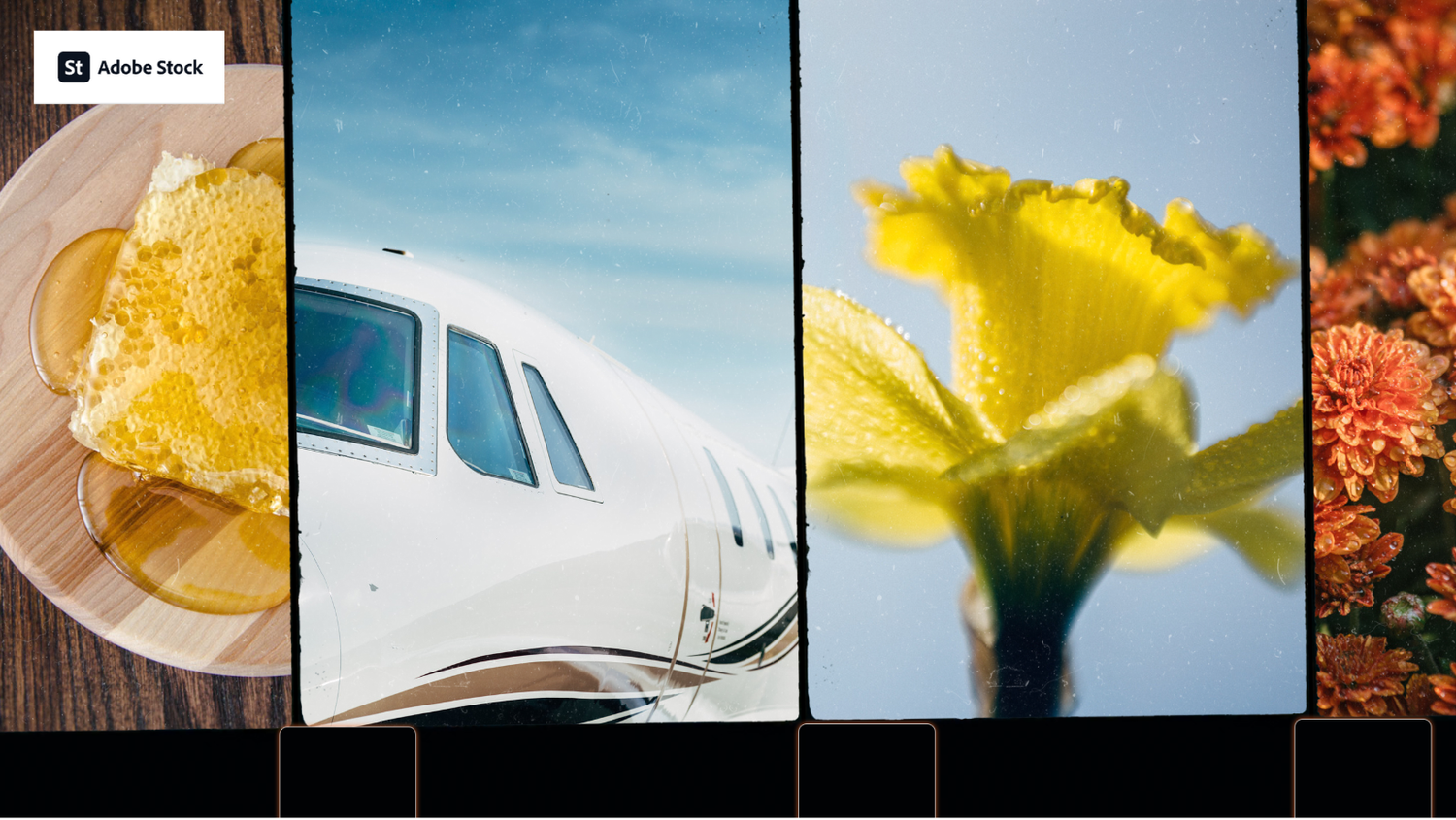How to Sell Your Photography on Adobe Stock
Selling your photography as stock images on platforms like Adobe Stock is a strategic move that allows photographers to turn unused or non-portfolio-worthy images into a potential revenue stream. While some photographers meticulously curate a select few images for their portfolios, many find themselves with a surplus of pictures that, while not portfolio material, still hold value. Instead of letting these images gather digital dust on hard drives, photographers can leverage stock photography platforms to monetize their work.
Venturing into the world of selling or licensing your photography may seem daunting for newcomers to the field. The market offers various platforms like Getty and Shutterstock, each with its unique features and terms. In the case of Adobe Stock, I chose it after thorough research, considering factors such as convenience and the platform's user-friendly interface. However, the choice of a stock image website should be a well-informed decision based on individual preferences and requirements. Key aspects to consider when exploring different platforms include:
Custom Pricing Options:
Some platforms allow photographers to set their prices for licensing. This flexibility can be crucial for photographers who want to control the value of their work.
Withdrawal Processes:
Understanding how and when you can withdraw funds from your account is essential. Different platforms may have varying policies regarding fund transfers to your bank account.
Image Approval Criteria:
Platforms often have specific guidelines for image approval. This includes considerations like the absence of grain, noise, or being out of focus. Complying with these standards is vital for successful submissions.
Licensing Agreements:
The terms of use and licensing agreements can differ between platforms. Understanding how your images can be used by buyers is crucial to ensuring that your work is used appropriately and ethically.
My approach to selecting images for Adobe Stock involved considering their marketability and broad appeal. Analyzing popular images on the platform influenced my choices, aiming to create a collection that resonates with users. Factors I took into account included:
Popularity of the Subject:
Assessing whether the subject of the photo is something in demand or of interest to potential buyers.
Often times on the home page of stock image websites, you’ll find a “discover popular categories and themes” or you can browse the most popular images to tap into trending imagery. At the time I was writing this article, Adobe Stock lists “happy birthday”, “school”, “science”, and “shopping” as the current popular stock imagery themes.
The uniqueness of the Subject:
Considering whether the subject is rare or distinctive, ensuring that the photograph stands out among the vast array of stock images.
Artist Oscar Gutzo, for example, takes his photographs and creates unique composites that are one-of-a-kind: https://stock.adobe.com/contributor/209951242/Oscargutzo
Design Flexibility:
Evaluating whether there are blank areas or negative spaces in the photos, which can be beneficial for users incorporating text or graphic elements.
Sometimes, the subject of your photographs can unexpectedly be a popular topic on stock imagery websites due to a lack of inventory of that subject. For me, images of a jet plane that I took years ago for a marketing project resulted in one image being downloaded 43 times, just this year. It continues to be a top performer in my stock portfolio due to the three points I listed above: it’s a popular subject for a niche group, it’s a unique subject matter, and the layout of the photo with negative space in the sky and in the left-hand side of the image gives it design flexibility.
If you're curious to explore my portfolio and see the images I've chosen for Adobe Stock, you can view it below by clicking on the button. Selling your photography as stock images is not only a way to make use of otherwise dormant photos but also a step towards establishing a passive income stream in the dynamic world of photography.


